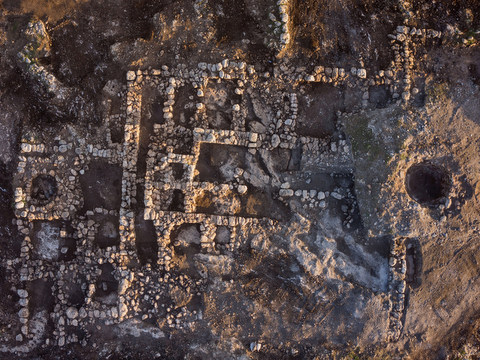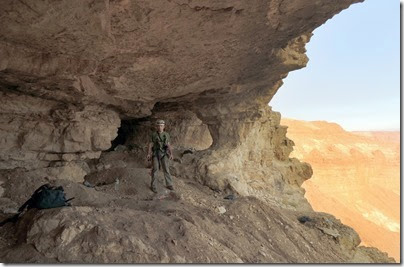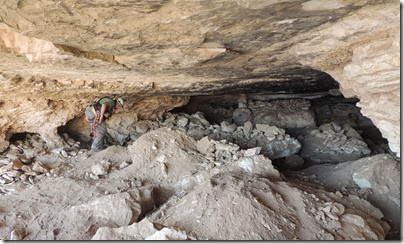Is this the the sort of press release you would expect out of Mississippi State University?
Six official clay seals found by a Mississippi State University archaeological team at a small site in Israel offer evidence that supports the existence of biblical kings David and Solomon.
Many modern scholars dismiss David and Solomon as mythological figures and believe no kingdom could have existed in the region at the time the Bible recounted their activities. The new finds provide evidence that some type of government activity was conducted there in that period.
Jimmy Hardin, associate professor in the MSU Department of Anthropology and Middle Eastern Cultures, said these clay bullae were used to seal official correspondence in much the same way wax seals were used on official documents in later periods.
Hardin, co-director of the Hesi Regional Project, has been excavating each summer at Khirbet Summeily, a site east of Gaza in southern Israel, since 2011. Hardin’s findings were published in the December 2014 issue of Near Eastern Archaeology, a leading, peer-reviewed journal for this field.
“Our preliminary results indicated that this site is integrated into a political entity that is typified by elite activities, suggesting that a state was already being formed in the 10th century B.C.,” Hardin said. “We are very positive that these bullae are associated with the Iron Age IIA, which we date to the 10th century B.C., and which lends general support to the historical veracity of David and Solomon as recorded in the Hebrew biblical texts.
Read on for more details, including the fact that none of the bullae has writing. Dating these to the Iron IIA doesn’t necessarily make them contemporaneous with the United Kingdom (Iron IIA = 1000-840 BC), but the co-director asserts that “our dates for the bullae are based on multiple types of evidence we combined to determine a general 10th century B.C. date.” I’m also curious to know if they’ve identified the site as Israelite and not Philistine during this period, since that alone would be a significant discovery, located in the heart of Philistine territory as is it.
Khirbet Summeily is located 3 miles (4 km) west of Tell el-Hesi and about 5 miles (8 km) southwest of Qiryat Gat.
The official excavation website does not appear to be updated regularly. We mentioned some discoveries at the site back in 2011.
HT: David Coppedge



